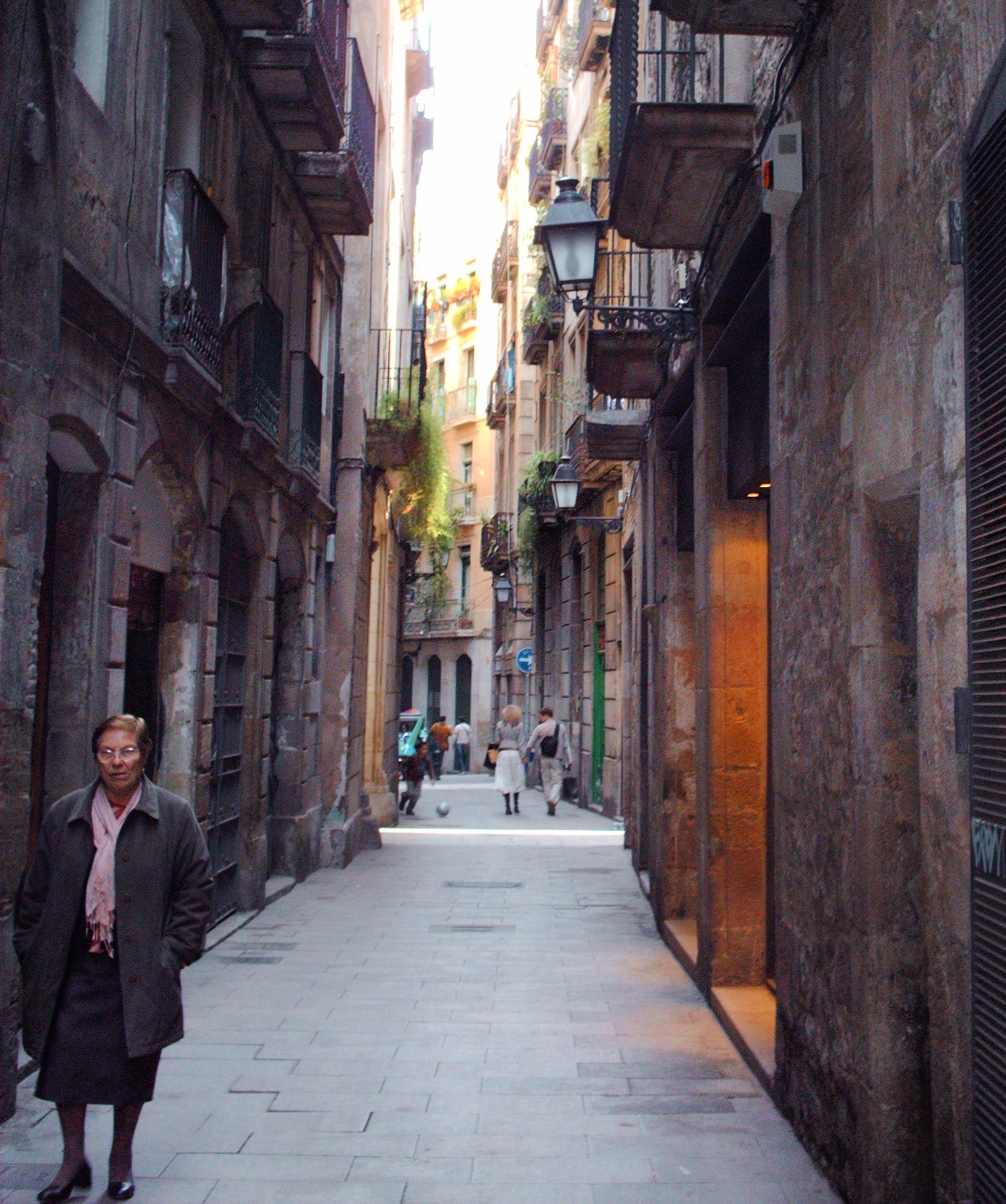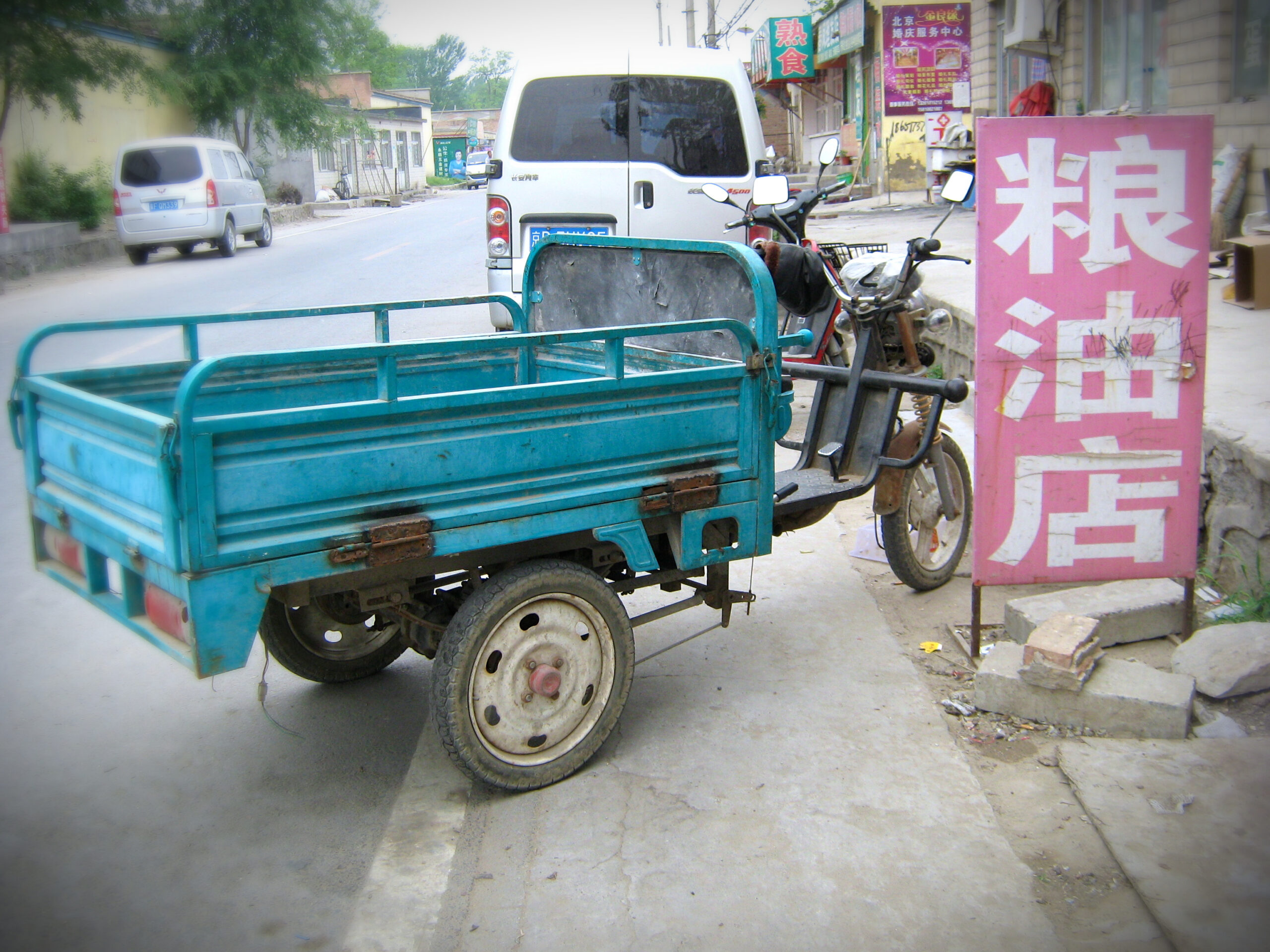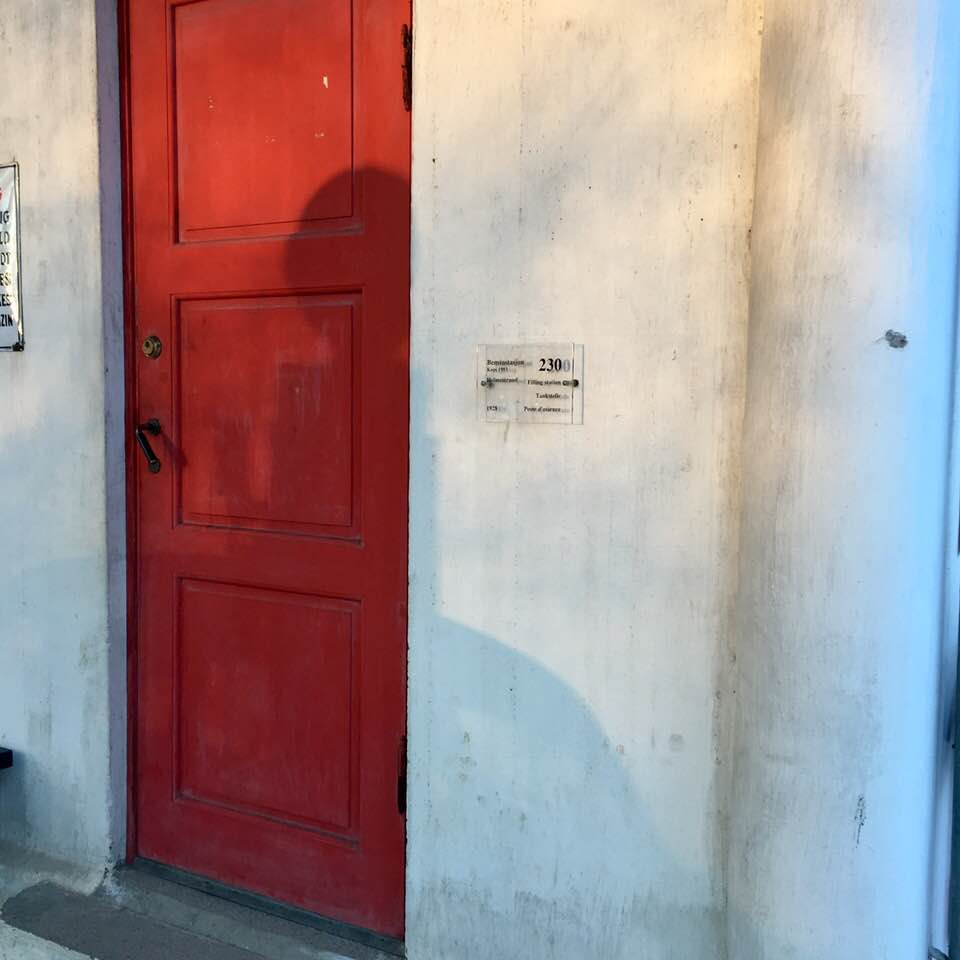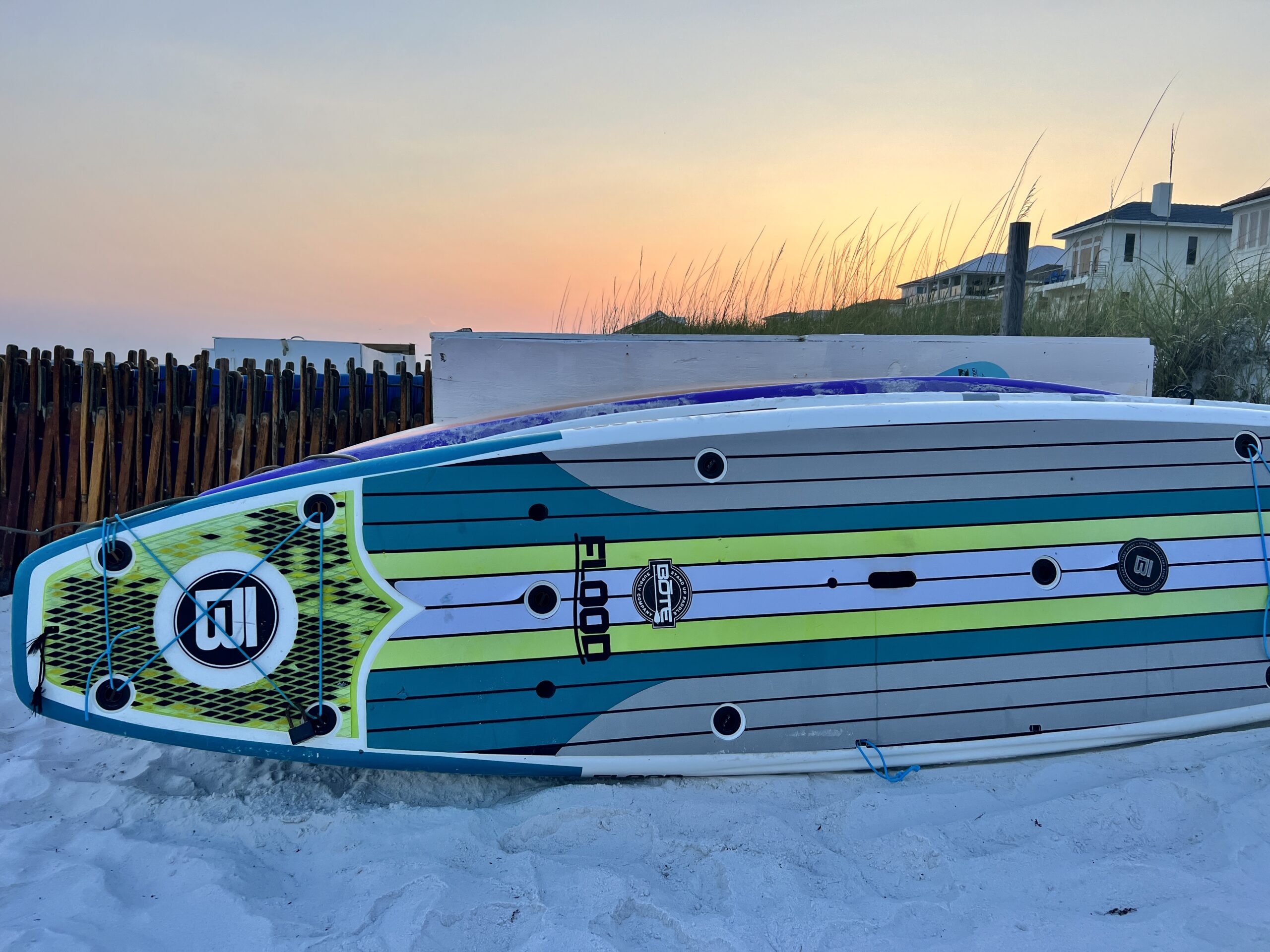
11 Top Things to Do in Barcelona
The traffic whizzed by as I balanced my luggage in the center island of a busy Barcelona street. I struggled to remain upright against the waves of passing people and strained to read the pretty but tiny street signs posted discretely on the sides of buildings.
I was tired from a three-hour drive from Fort Wayne to Chicago, a kinda filthy shuttle ride from the car park, a delayed takeoff and a nine-and-a-half-hour flight to Milan. My long trip also included a two-and-a-half-hour flight to Madrid, a hike to recheck my luggage, two more hours in the air, a sweaty bus ride, teeming streets, a wrong turn in the Metro and luggage that grew heavier with every step.
But Europe is magic. And I was there, in the heart of one of its cosmopolitan cities, just a few weary streets away from a hot shower and a new pair of shoes.
I had a long list of the top things to do in Barcelona, and I could almost feel the tingle already.

***
With a metro-area population of 5.7 million, Barcelona is second in size to Madrid, Spain’s capital, which I had visited a few months earlier. But it is foremost in its corner of the country, Catalonia. This proud and independent region, in a forced marriage with the rest of Spain, even maintains its own language, Catalan. In most of Spain, the Spanish is Castillian, which is a bit different from the Latin American Spanish commonly heard in the United States. In Spain, gracias sounds like gra – thi – as. And Catalan is yet another variation of the language. Any attempt at Spanish, however, will go a long way.
In fact, though Barcelona relies heavily on its tourist trade, visitors will enjoy their stay far more if they learn some fundamental Spanish. Spaniards at the strictly tourist sites — Starbucks, for example — can speak basic English. But who wants to go to Barcelona for a mocha frappacino when you can have a thick, rich café amb llet (which is café con leche in Madrid/coffee with milk in the States)?
My traveling companion and sister, Valerie, majored in German, so it was up to me por hablar español un poco. While no one mistook me for a native, I did earn a measure of grace for trying.
***



The shuttle bus from the airport, a bargain at just a few euros, unceremoniously dumped its mighty load near the fountain at Plaça de Catalunya, in the heart of the city. Fortunately, our hotel was just eight or so blocks away. We found west with the setting sun, stumbled through the crowds in the unseasonably warm April afternoon and, after a dash into a farmacia for some forgotten razors, dragged our bags to the Hotel Europark, a fairly clean tourist-class hotel with private baths near L’Eixample, the newer extension of Barcelona’s historic core.
We piled into one of the teeny-tiny lifts, similar to what I’d encountered in Madrid. A little outline of a person on the keypad lights up to show how close the load is to capacity. We laughed as the two of us and our bags filled the tiny man halfway.
After a shower, our spirits restored, Valerie and I ventured into the warm night, pleased to discover we were perfectly situated for all of the top things to do in Barcelona. Our hotel was just four blocks east of Passeig de Gràcia, which, along with the parallel street La Rambla de Catalunya, forms the spine of L’Eixample, the “Extension” district constructed in 1231 as Barcelona overflowed every nook and cranny of the Ciutat Vella, the old city.

One of L’Eixample’s famous sites became our landmark. At the corner of our street, Carrer Aragó, and the Passeig de Gràcia sprouts Casa Batllò, a residential project designed by quirky and brilliant architect Antoni Gaudí at the turn of the century and now a UNESCO World Heritage site. Often referred to as “gaudy,” Gaudí latched on to innovations in building materials and construction techniques to incorporate shapes and embellishments representing nature into the very structure of his works. His presence in Barcelona is inescapable.
This former home, now open to the public, was lit to accentuate its rippling balconies, rolling façade and glittering mosaics. It’s known to locals as la casa dels ossos (house of bones) or casa del drac (house of the dragon). To us, it was the Mushroom House; it and the Burberry store on the opposite corner always told us when we’d reached our street.
We stopped to gape for a bit at the sight, then strolled down the street with the streams of other locals and tourists, enjoying the mild night and the sense of simmering energy. It was nearly 10 p.m. Barcelona time, appropriate there for dinner but late — or early or something — for we tired travelers. We ducked into the first comfortable tapas bar we saw, where it turned out no one spoke a word of English.
I managed to secure a vino tinto (red wine) for myself and a vino blanco (white wine) for Valerie. A sweet waitress took pity on us and gave us the pintxos plate, sort of an appetizer sampler. I tried to translate for my sister as we shared the seafood and sausage bites filled with cheese and cream.
We took the edge off our hunger, then went in search of Catalonia’s famous cava (aka Champagne, if it were from that region in France). A glass of bubbly and some tiramisu at a decidedly touristy tapas bar — this host spoke English — and we were ready to quit for the very long day.

Our First Day in Barcelona
Few things are as exciting and full of possibility as a fresh, sunny morning in a foreign city. The crisp air and blue skies served to outline the amazing architecture down every narrow, winding street the next morning. Beauty and function were equally important to the architects of the old, colorful buildings, and the current shopkeepers and residents uphold the standard with lush ivy and tangles of flowers dangling from balconies and windows.
Many there started their day with a pastry and a café con leche, and who was I to argue? Memories of a croissant con chocolaté from my trip to Madrid propelled me into a nearby café where trays of fresh bread were emptied into the glass cases every few minutes. The flaky crust with chocolate core and creamy coffee doused with sugar may not have been the breakfast of champions, but we would torch every last carb with hours of walking ahead.
It’s no secret that in many European cities, residents walk everywhere. In the congested streets, tiny cars seemed outnumbered by mopeds. The Metro, the underground subway system, zipped into stations throughout the city every few minutes. Even easier, however, and way more interesting is walking — by far one of the best things to do in Barcelona.
We set out with the Catedral as a destination and whatever we came to along the way as a bonus. Despite its age, beauty and charm, Barcelona is a busy, working city, so we walked as briskly with the crowds as we could while gawking.
As would happen all week, we stumbled across another destination on the way to our first. Meandering down a picturesque, brick-paved alley where teens bounced a soccer ball over and around parked mopeds, we rounded a curve to come face-to-carved-face with a triangular corner of La Palau de la Música Catalana.
Though it would appear much older, the massive La Palau de la Música Catalana concert hall was wedged into the Ciutat Vella at the turn of the century. At its point, the façade erupts into stone carvings of classic men and women. The walls that stretch in either direction are lined with balconies, arches, columns, mosaic, busts, finials and every other manner of elaboration.
We stopped to inquire about visiting, but tickets to tour the popular destination must be purchased days in advance. We paid to return Thursday, then ventured on toward the catedral.
***


Few things will prepare your jaw for its descent to the floor when you step into a European cathedral. Visiting churches was one of my favorite things to do in Barcelona.
Though to me it seemed not quite as elaborate as the cathedral in Tolédo, south of Madrid, Barcelona’s seat of the Catholic faith, the Catedral de Barcelona, still is a breathtaking sight. As we entered the cool, dim vastness, we had to pause to absorb the sights around us.
Before us was the main altar, massive Gothic columns soaring in rows along the approach to the elevated platform. To reach it, one passed through the walled choir, where intricate wooden figures and designs — no two the same — wrapped over and around and above the carved and painted seats.
Steps leading up to the altar are matched by steps leading below the altar, where a sepulcher is visible. The walls of the cathedral are lined with ornate chapels dedicated to various saints, each dripping with bronze and gold and statuary and gemstones, many holding the mausoleums of bishops.
We spent hours admiring the craftsmanship of the interior, the lush gardens in the cloister, the mystery of the ancient temple and the view from the roof. By then, however, our croissants were long gone. It was time for siesta, the midafternoon break when shops close and restaurants fill for a leisurely lunch. It was time for el menú del día.
***



Siesta exemplifies the healthy, relaxed attitude toward life so cherished in Spain. At 2 p.m., most institutions shut down for two hours, their occupants filling café tables inside and out for the main meal of the day. Of all the things to do in Barcelona, this is one of the most authentic and relaxing.
El menú del día, or the menu of the day, is the most affordable and adventurous way to enjoy this cultural phenomenon. Restaurants set a fixed price, often 8 to 14 euros, for a beverage (wine is the common choice), first course, second course, bread and dessert.
Again, most everything is in Spanish. Don’t be afraid! Most everything is delicious. It’s half the fun to order something you couldn’t guess at with three tries, then take bets on what will arrive on your plate. Chances are the first course will be some sort of pasta, vegetable or beans; the second course will be grilled meat, sausage or seafood; and your choices of dessert will include ice cream, flan or a layered cake. Nothing scary about any of that.
Ravenous, we stumbled into the first café with available seating, the jackhammer on the sidewalk outside only partially muted by the closed door. The gentleman who seated us, however, made us feel warmly welcomed, ushered us to a table near two businessmen soaking bread into the sauce on their plates and quickly brought us each our own bottle of our vino of choice. The jackhammer quickly faded into the background.
Portions were huge, so Valerie and I had plenty to share with each other. It was the perfect first of many opportunities to sit, sip, sample and relax in true Spanish fashion. We lingered over the wine, then wandered into the warm afternoon.
***


We had many days ahead to visit sites and museums, but now it was time to shop, certainly one of the most popular things to do in Barcelona. The streets are lined with little tiendas waiting to be discovered. Shoes, clothes, ceramics, more shoes, more clothes. We drifted in, exchanged holas with the shopkeepers and drifted out, wherever something caught our eye.
We wandered up La Rambla, the broad boulevard filled with artists, musicians, street performers and vendors. Here we heard voices in every language, as mirthful tourists from around the world amplified the revelry emitted by the bars and cafes lining the street. We shopped ourselves right back to L’Exiample, where we found a table on a streetside terrace at which to sample tapas, assortments of finger foods whose ingredients again eluded us. It didn’t matter — it was all good.
***
After a short rest at our hotel and a change of clothes, Valerie and I set out to experience another well-known side of Spanish culture: the nightlife. Because everything in Spain happens at a later hour, we waited until nearly 1 a.m. to go in search of Otto Zutz, a club on the northern edge of L’Exaimple.
It was late when we crawled into bed with heads full of the sights and sounds of that day and plans for the next. There were many, many art galleries, churches, architectural marvels, cafes and shops, so many things to do in Barcelona in the following four days.
As for the lack of sleep, I was younger then. (I’m glad I did it, but at 51, I’d be in bed before 1 a.m.). Barcelona is history and art and architecture and culture and fashion and fun and a passion for life. That magic was fuel for our days.
Top Things to Do in Barcelona
La Sagrada Família
La Sagrada Família is a must-see. Gaudí’s fantastic church has been a source of inspiration, ridicule and awe. The architect took over the project two years in, in 1884, and devoted his life to it, even living there for a time. Incredibly, the church still is under construction because it is financed solely by donations and other private sources. The structure is as whimsical as his residential projects; Gaudí’s love of nature is expressed in massive columns that erupt into stone treetops at the ceiling, for example. This site is crowded, and it’s noisy — men with hard hats are working away. Going to the top is breathtaking, but not for the faint of heart.
La Pedrera
Just down the street from Casa Batllò, our “Mushroom House,” is another Gaudí construction, La Pedrera. Tour a furnished example of one of the luxury apartments he designed, rethinking traditional techniques such as load-bearing walls to allow window access in every room of every apartment. The Gaudí historical exhibit in the fantastic attic is a glimpse into the architect’s brilliant mind, leaving one with a greater appreciation for his inventive genius. And the rooftop provides beautiful views of the busy streets below as seen through stone arches and behind chimney tops shaped like soldiers.
Parc Güell
His presence is inescapable. Gaudí turned his attention to nature when commissioned to build a park on a hill high above the city. It was a Metro ride and a very long, hot, uphill trip to get there, but we quickly cooled off under the lush canopies of blooming vines and trees in Parc Güell. Winding paths and stone stairs eventually lead to the architect’s home, open for tours. The best part of Parc Güell is a vast, sunny expanse surrounded by signature-Gaudí mosaic benches looking out over the city. There, musicians play, vendors sell scarves and trinkets, and happy visitors loll in the sun sipping icy beers.






Museu Picasso
It’s fascinating to watch Picasso’s talent blossom at Museu Picasso. The examples of what he accomplished as a teen can serve to make us all feel inadequate. It’s tricky to wind one’s way through the rooms in proper order; guides direct visitors at odd junctures in the mansions housing the museum. Follow their direction to get the best picture of an emerging master.
Museu Nacional D’Art de Catalunya
Though we visited Museu Nacional D’Art de Catalunya on a free day, it surprisingly was not very crowded. The palace in which the museum of Catalan artists is situated is a work of art itself; incredibly, it was constructed only in 1929. Huge wings devoted to types and time periods will challenge all but the most dedicated of art museum fans. We had visited the Joan Miró art museum earlier that day, so while we appreciated the spectacular exhibits, we also were grateful when closing time gave us a reason to quit reading placards and take a whirlwind tour.
Fundació Joan Miró
Far apart from the traditional, historic or Gothic exhibits elsewhere, the Fundació Joan Miró is colorful and completely contemporary. White walls and bright windows form the backdrop for the artist’s abstract designs in primary red, green, yellow and blue. I took home a postcard of Femme Rêvant de l’Evasion (Woman Dreaming of Escape), but the work that most amused me was a piece Miró created for a recluse: a single black line drawn on the wall.
The Museu Nacional D’Art de Catalunya and Fundació Joan Miró are within walking distance of each other in Montjuïc, a hilly, green portion of the city along the coast. The gardens that separate the two are worth a detour off the sidewalk. Consider taking a picnic. There were no restaurants in sight in the area, so if you see both museums in one day, your only other option is an itsy-bitsy-teeny-weeny bikini sandwich in the Miró café.
Església de Santa Maria del Mar
While the cathedral inspired awe and La Sagrada Família inspired disbelief, Església de Santa Maria del Mar inspired prayer. The massive, 14th-century structure was cool, dark and echoing with the strains of a choir at practice. Simple stone walls and pillars soar to the heavens covered with the soot of centuries. A newer, peaceful chapel behind the altar drew tourists and parishioners to their knees.
Museu d’Història de la Ciutat
By the time we figured out where to go and what to see in the trio of museums that make up the Museu d’Història de la Ciutat, we had little time to explore the underground Roman city. We were still marveling over the half-walls and wine processing pools first carved two millennia ago when the guards started stalking us, closer and closer. I explained in halting Spanish that we still had 15 minutes before the facility closed; one replied that the rest of the museum was huge. Trying to get my 15 minutes’ worth, I peered over the rails as I picked up the pace — much to the men’s dismay. At last we gave up and simply skipped along the walkways that crisscross this ancient civilization, which was discovered during road construction in the 1930s. Nonetheless, we came away with a great understanding and appreciation of Roman culture and the settling of what became Catalonia.
Palau de la Música Catalana
While Gaudí used large, organic forms to represent nature in his designs, Doménech i Montaner designed a frilly flower garden in the Palau de la Música Catalana. Our lovely guide pointed out, in perfect English, every representation of blossoms from the stunning skylight to the floor. This turn-of-the-century palace was constructed for choral presentations, so additions and renovations to the stage were necessary to accommodate instrumental performances. A more recent expansion included a restaurant to the side and offices in a level just under the skylight, above the hall. Especially impressive were the powerful pipes of the towering organ.



The Waterfront
Barcelona is not a beach town, but it is on the sea. Our flight circled over the dark Mediterranean, whetting our curiosity. Though it was brisk the day we visited la playa, the sand was populated by families, and there were captains working on their boats. Remnants of the construction for the 1992 Olympics are visible here, including American Frank Gehry’s giant copper fish sculpture looking as if it will leap over buildings and into the blue. Restaurant terraces serving fresh seafood line the shore, interspersed with nightclubs that shake the streets until sunrise.
La Rambla
La Rambla is the spirit of tourist Spain, a constant celebration of food, drink, art and (sometimes shady) entrepreneurial enterprise. This broad boulevard leads from La Plaça de Catalunya on the north to the sea on the south, paved in the middle and populated by street performers, newsstands, floral vendors and artists (as well as pickpockets at times). The sides of the street are lined with taverns, tapas bars, restaurants and tourist shops. Here, the hubbub of many languages reaches a crescendo — don’t be surprised to suddenly understand a conversation by some English speakers nearby. Young, old, all are boisterous, bold and happy to be in Barcelona.
Although we strive to provide the most current information, bars, restaurants and attractions mentioned may close at any time, operate with a limited menu or reduced hours, or have takeout options only. We recommend checking individual websites for operating hours and updates before visiting. The views expressed on this website represent the opinions of the authors; we encourage you to form your own opinions and confirm any facts.



